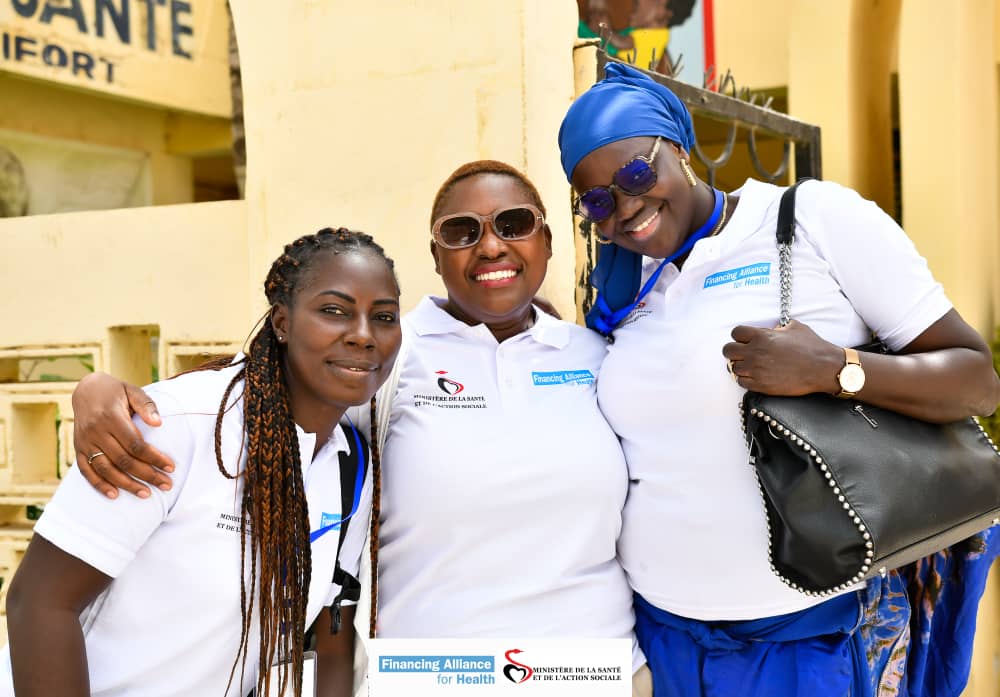The COVID-19 pandemic disrupted the normal functioning of healthcare systems, compelling governments worldwide to develop innovative and strategic ways of combating the disease and ensuring that the healthcare systems, which were already facing a shortage of health workers and supplies, were not overwhelmed. As governments initiated a multi-sectoral approach to the fight against COVID-19, there was a realization in the health sector of the critical role community health services would play in the COVID-19 response. Community health volunteers (CHVs) in Kenya would serve as frontline line workers in preventing and reducing the impact of the pandemic within communities.
The Tharaka Nithi county government took quick and decisive actions to minimize the economic and social impact of the pandemic and control the spread of the virus, including social distancing and movement restrictions. The county administration established strict screening points at entry and exit points of the county and within the sub-counties. CHVs deployed in the Tharaka South sub-county played a pivotal role in controlling the spread of COVID-19 in the area. They were responsible for screening people entering the sub-county through the five screening stations set up at the entry and exit points. Each entry point was handled by at least two CHVs, a Chief and a local government law enforcement officer. The team conducted temperature checks, recorded visitors’ names and contacts in an inventory book, and subjected all suspected cases through the stipulated COVID-19 protocols.
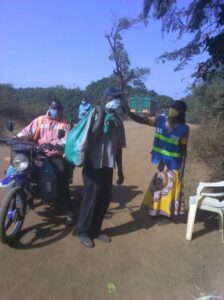
The CHVs also conducted sensitizations campaigns to inform the communities about the various measures put in place to control the spread of the virus. Some measures included staying at home, wearing masks, social distancing, coughing etiquette, and hand washing hygiene. The CHVs visited homes and helped set up hand washing facilities. Through this activity, more than 90 percent of households in the sub-county set up handwashing facilities within their compounds. The sensitizations were through word of mouth and distributing Information Education and Communication (IEC) materials to the villages. The CHVs distributed about 2,500 copies of COVID-19 sensitization posters to the public and in 116 schools.
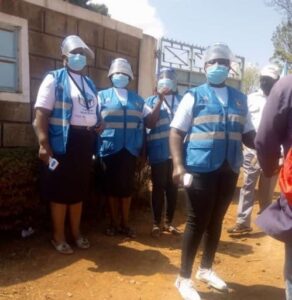
As disinfection practices in non-healthcare settings were identified to be critical in reducing the potential for COVID-19 contamination, some CHVs were equipped with spraying and fumigation equipment and disinfectants. The CHVs conducted regular disinfection of publicly accessible buildings, courts, police stations, market centres, and health facilities.
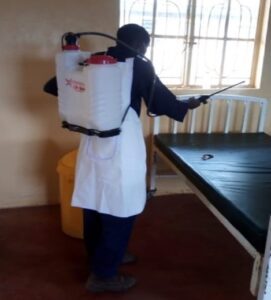
CHVs were also involved in burial ceremonies for people who had succumbed to COVID-19 and ensured that bodies were interred according to the government directives, as well as controlling crowds to minimize the spread of the disease. With their support, six burials were conducted effectively.
Daily data collection and reporting was a key strategy to success. All the 270 CHVs reported daily to their respective community health unit supervisor (Community Health Assistant). The CHA would review the data and submit it to the Community Health Services Coordinator, who then reported to the County Multi-Agency Committee for discussions and action plans. Through this systematic flow of information, the Tharaka South sub-county contained the spread and impact of the virus and reported less than 10 COVID-19-related deaths over the pandemic period.
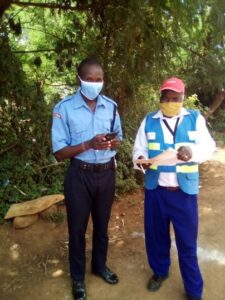
COVID-19 made it clear that pandemics begin and end in communities, and community engagement must be prioritized in managing them. The use of CHVs during the COVID-19 response was key to engaging the communities and strengthening their capacity to limit the spread of the virus. Integrating CHVs into health systems is a key enabler and integral to their day-to-day service delivery success. It requires the inclusion of CHVs into health policies and funding priorities.

